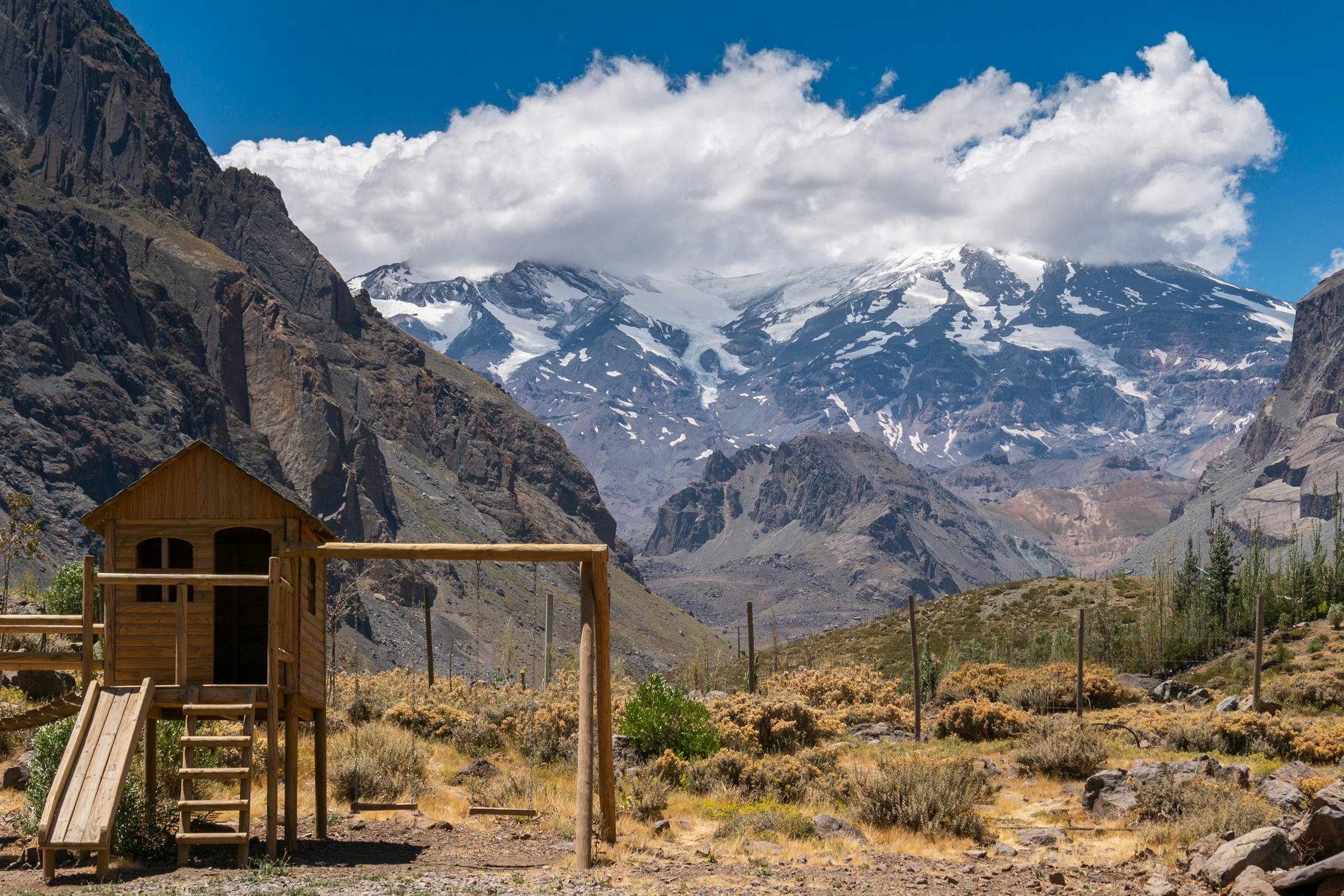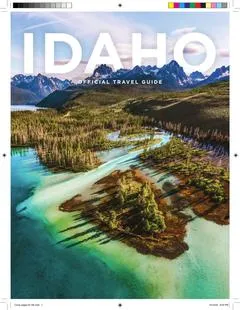Welcome to the heart of Big Sky Country! If you’re seeking unparalleled natural beauty, thrilling outdoor adventures, rich history, and a taste of authentic American West culture, a trip to Montana is calling your name. This guide is designed to be your starting point for planning an unforgettable journey through this magnificent state. We’ll delve into the must-see destinations, unique experiences, and practical tips to help you navigate Montana’s vast landscapes and vibrant communities. Prepare to discover why Montana holds a special place in the hearts of adventurers and nature lovers worldwide.
Montana, often dubbed the “Treasure State,” lives up to its moniker with its abundant natural riches and hidden gems. Bordering Canadian provinces to the north and several U.S. states including North Dakota, South Dakota, Wyoming, and Alaska to the west (via Canada), Montana’s diverse geography ranges from the majestic peaks of the Rocky Mountains to the rolling plains of the east. This geographic variety translates into an incredible array of experiences for any traveler.
Why Montana Should Be Your Next Destination
Montana offers a captivating blend of wild beauty and genuine hospitality. It’s a place where the sky truly seems bigger, the air is clearer, and the pace of life encourages you to slow down and appreciate your surroundings. Whether you’re an avid hiker, a history buff, a wildlife enthusiast, or simply looking for a peaceful escape, Montana provides a backdrop like no other.

From world-renowned national parks to charming small towns, Montana invites you to connect with nature and history on a profound level. It’s a state that celebrates its frontier past while embracing a vibrant present. Planning your travel guide Montana adventure means preparing for wide-open spaces and moments of awe at every turn.
Top Destinations in Montana
Montana is home to some of the most iconic landscapes in North America. Choosing where to go depends on your interests, but some destinations are absolute must-sees for any comprehensive travel guide Montana experience.
Glacier National Park: The Crown of the Continent
Glacier National Park, located in northern Montana, is a UNESCO World Heritage Site and a biosphere reserve. It’s famous for its preserved glaciers, dramatic mountain ranges, pristine forests, alpine meadows, and spectacular lakes. The iconic Going-to-the-Sun Road is a marvel of engineering and offers breathtaking views, though access is seasonal and often requires reservations.
Planning Your travel to las vegas nevada
Plan Your Perfect Mackinac Island Vacation – Your Essential Guide
Exploring Cities In Las Vegas – Uncovering Nearby Wonders 2025
Hiking trails here range from easy lakeside strolls to challenging mountain climbs. Keep an eye out for abundant wildlife, including grizzly bears, black bears, mountain goats, bighorn sheep, and elk. A visit here is a cornerstone of any travel guide Montana plan focused on natural beauty.
Yellowstone National Park (Montana Entrances)
While primarily in Wyoming, parts of Yellowstone National Park extend into Montana, offering convenient access points and unique perspectives on the world’s first national park. The Gardiner entrance (North Entrance) and West Yellowstone entrance are both located in Montana and provide access to Yellowstone’s famous geothermal features, wildlife viewing, and hiking opportunities.
These Montana gateway towns offer lodging, dining, and services for park visitors. Experiencing Yellowstone from the Montana side adds another dimension to your travel guide Montana itinerary, blending the wonders of the park with the charm of Montana’s mountain towns.
 Preview of a sample travel guide cover for planning your trip to Montana
Preview of a sample travel guide cover for planning your trip to Montana
Big Sky & Southwest Montana
This region is an outdoor recreation paradise. Big Sky is renowned for its world-class skiing in winter and transforms into a hub for hiking, mountain biking, zip-lining, and scenic lift rides in the summer. The Gallatin River, flowing through this area, is famous for fly fishing and whitewater rafting.
Nearby Bozeman is a vibrant college town with a thriving arts scene, excellent restaurants, and serves as a perfect base for exploring the surrounding mountains and rivers. This area combines adventure with modern amenities, making it a key part of many people’s travel guide Montana plans.
Exploring Montana’s Cities and Towns
Beyond the national parks, Montana’s cities and towns offer unique cultural experiences. Missoula, known as the “Garden City,” has a relaxed, outdoorsy vibe and a strong community focus. Helena, the state capital, boasts historic architecture and access to hiking trails right from downtown.
Smaller towns like Livingston, Whitefish, and Red Lodge offer glimpses into authentic Montana life, with historic main streets, local breweries, and access to stunning nearby nature. Each town adds a distinct flavor to the overall travel guide Montana experience.
Things to Do in Montana
Montana is an adventurer’s playground, but it also offers rich cultural and historical experiences. Your travel guide Montana should include a mix of outdoor activities, historical exploration, and local immersion.
Outdoor Adventures Galore
Hiking is paramount in Montana, with trails ranging from easy nature walks to challenging backcountry treks. The Bob Marshall Wilderness Complex and the Absaroka-Beartooth Wilderness offer remote experiences for experienced backpackers. Fishing, particularly fly fishing, is a way of life here, with numerous blue-ribbon trout streams like the Madison, Big Hole, and Missouri rivers.
Water sports on Montana’s many lakes and rivers, including Flathead Lake and Fort Peck Lake, are popular in summer. In winter, skiing, snowboarding, and snowmobiling take center stage, with resorts like Big Sky, Whitefish Mountain Resort, and Bridger Bowl offering fantastic conditions.
Exploring Montana’s History and Culture
Montana’s history is deeply intertwined with Native American tribes, the Lewis and Clark Expedition, the fur trade, gold rushes, and the era of cowboys and homesteaders. Visiting sites like the Little Bighorn Battlefield National Monument provides powerful insights into the conflicts that shaped the West.
Ghost towns scattered throughout the state, like Garnet and Bannack, offer a tangible link to the gold rush era. Museums in cities like Helena and Bozeman showcase Montana’s natural history, pioneer life, and Native American heritage. Including historical sites adds depth to your travel guide Montana journey.
Arts, Food, and Local Life
Montana’s cultural scene is surprisingly vibrant. Cities like Missoula and Bozeman have thriving arts districts and live music venues. Local farmers’ markets are great places to sample regional produce and goods.
Montana’s culinary identity is rooted in the West, featuring excellent beef, wild game, and local specialties like huckleberries, often used in pies, jams, and cocktails. The craft beer scene has also exploded, with breweries found in towns across the state. Experiencing the local food and drink is an essential part of any travel guide Montana adventure.
 Checklist item completed for your Montana travel guide planning
Checklist item completed for your Montana travel guide planning
Best Time to Visit Montana
The ideal time for your travel guide Montana trip depends heavily on what you want to do.
- Summer (June-August): Warmest weather, ideal for hiking, camping, water activities, and road trips (Going-to-the-Sun Road is typically fully open mid-June/early July). This is peak season, so expect crowds and higher prices.
- Fall (September-October): Crisp air, beautiful fall foliage, especially in the western mountains. Excellent for hiking and fishing. Wildlife is active. Fewer crowds than summer.
- Winter (November-March): Prime time for skiing, snowboarding, and snowmobiling. National parks offer unique, quiet beauty, though many roads and services are closed. Requires preparation for cold weather.
- Spring (April-May): Snowmelt can cause muddy trails and high rivers. Offers opportunities for wildlife viewing (babies!) and fewer crowds, but weather can be unpredictable. Some attractions may not be fully open.
Getting Around Montana
Montana is a large state, and a car is essential for exploring most areas, especially if you plan to visit national parks and rural destinations. Renting a car is the most common option upon arrival at major airports (Billings, Bozeman, Missoula, Great Falls).
Be aware that distances between towns and attractions can be significant. Plan your routes in advance and check road conditions, especially during winter and spring. Flying into different airports for arrival and departure can save driving time if you’re focusing on a specific region.
Practical Tips for Your Travel Guide Montana
- Book Accommodations and Activities in Advance: Especially during peak season (summer), lodging and popular tours or park entries (like Glacier’s vehicle reservation system) can book up months ahead.
- Be Prepared for Variable Weather: Montana weather can change quickly, even in summer. Pack layers, rain gear, and be ready for temperature swings.
- Respect Wildlife: Montana is home to large animals like bears, moose, and bison. Maintain a safe distance, carry bear spray in bear country, and know how to use it. Store food properly when camping.
- Leave No Trace: Help preserve Montana’s natural beauty by packing out everything you pack in, staying on marked trails, and minimizing your impact.
- Stay Hydrated: The air can be dry, especially at higher elevations. Drink plenty of water.
- Be Mindful of Distances: Gas stations and services can be far apart in rural areas. Keep your fuel tank full.
Frequently Asked Questions About Traveling in Montana
Q: Is Montana expensive to visit?
A: Costs can vary depending on your travel style and the time of year. Peak summer season sees higher prices for accommodation and flights. Camping and cooking some of your own meals can help save money.
Q: What’s the best way to see Glacier National Park?
A: Driving the Going-to-the-Sun Road is a must, but consider using the park’s free shuttle system to avoid parking hassles. Hiking is the best way to experience its beauty up close. Allow at least 2-3 full days.
Q: Do I need bear spray in Montana?
A: If you plan on hiking or spending time in bear country (especially in or near Glacier and Yellowstone), carrying bear spray and knowing how to use it is highly recommended for safety.
Q: What should I pack for a Montana trip?
A: Layers are key! Include hiking boots, comfortable clothing, rain gear, sun protection (hat, sunscreen), insect repellent, and bear spray if needed. Depending on the season, add warm hats, gloves, and insulated clothing.
Q: How much time do I need for a Montana trip?
A: To see just one major area like Glacier or the Montana side of Yellowstone well, 3-5 days is a minimum. To explore multiple regions and get a good feel for the state, 7-10 days or more is recommended.
Conclusion
Embarking on a travel guide Montana journey is an experience filled with awe-inspiring landscapes, thrilling adventures, and genuine encounters. It’s a state that challenges you to explore, inspires you with its beauty, and welcomes you with open arms. From the towering peaks of Glacier to the historic plains, Montana offers a diverse and enriching travel experience. Start planning your trip today and get ready to discover the unforgettable wonders of Big Sky Country.
